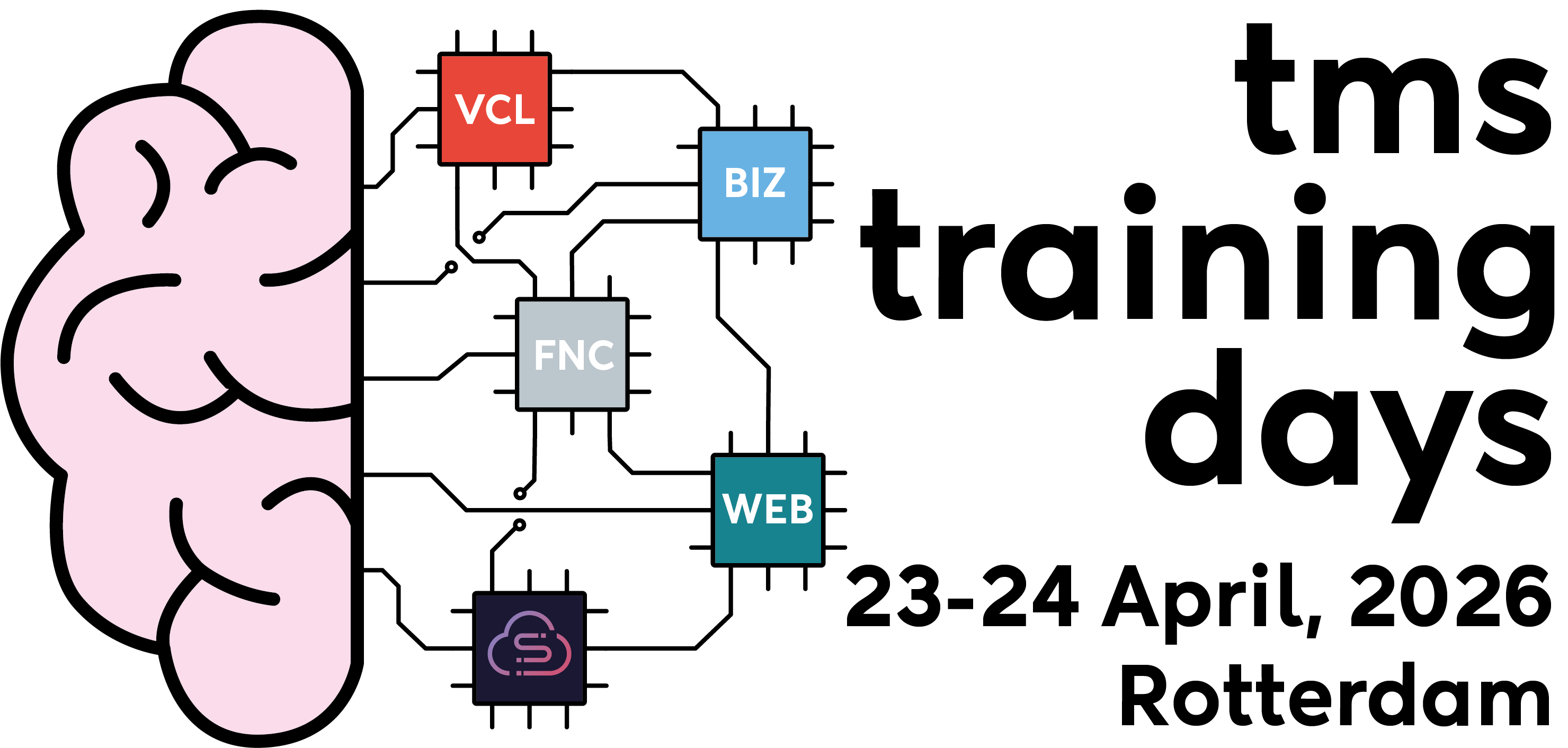Blog
All Blog Posts | Next Post | Previous Post

 TMS Training Days 2026
TMS Training Days 2026
Thursday, December 11, 2025

We’ve got some great news to share! TMS Training Days are returning next year, and this time we’re bringing the event to Rotterdam, the Netherlands, on April 23 and 24, 2026.
Get ready for two days filled with Delphi and TMS inspiration, hands-on sessions, and plenty of chances to meet, learn, and connect with other developers and the TMS team.
If you joined us in Lille or Bruges, you already know what to expect: a friendly atmosphere, passionate speakers, and lots of practical insights to take home. Rotterdam will be just as special, with a new city to explore and new stories to share.
We’re still working on the final details such as the speaker lineup, schedule, and ticket information, but we couldn’t keep this news to ourselves any longer.
So make sure to save the dates: April 23 and 24, 2026. We can’t wait to see you in Rotterdam for another unforgettable edition of TMS Training Days!
Aaron Decramer

This blog post has received 2 comments. Add a comment.
All Blog Posts | Next Post | Previous Post